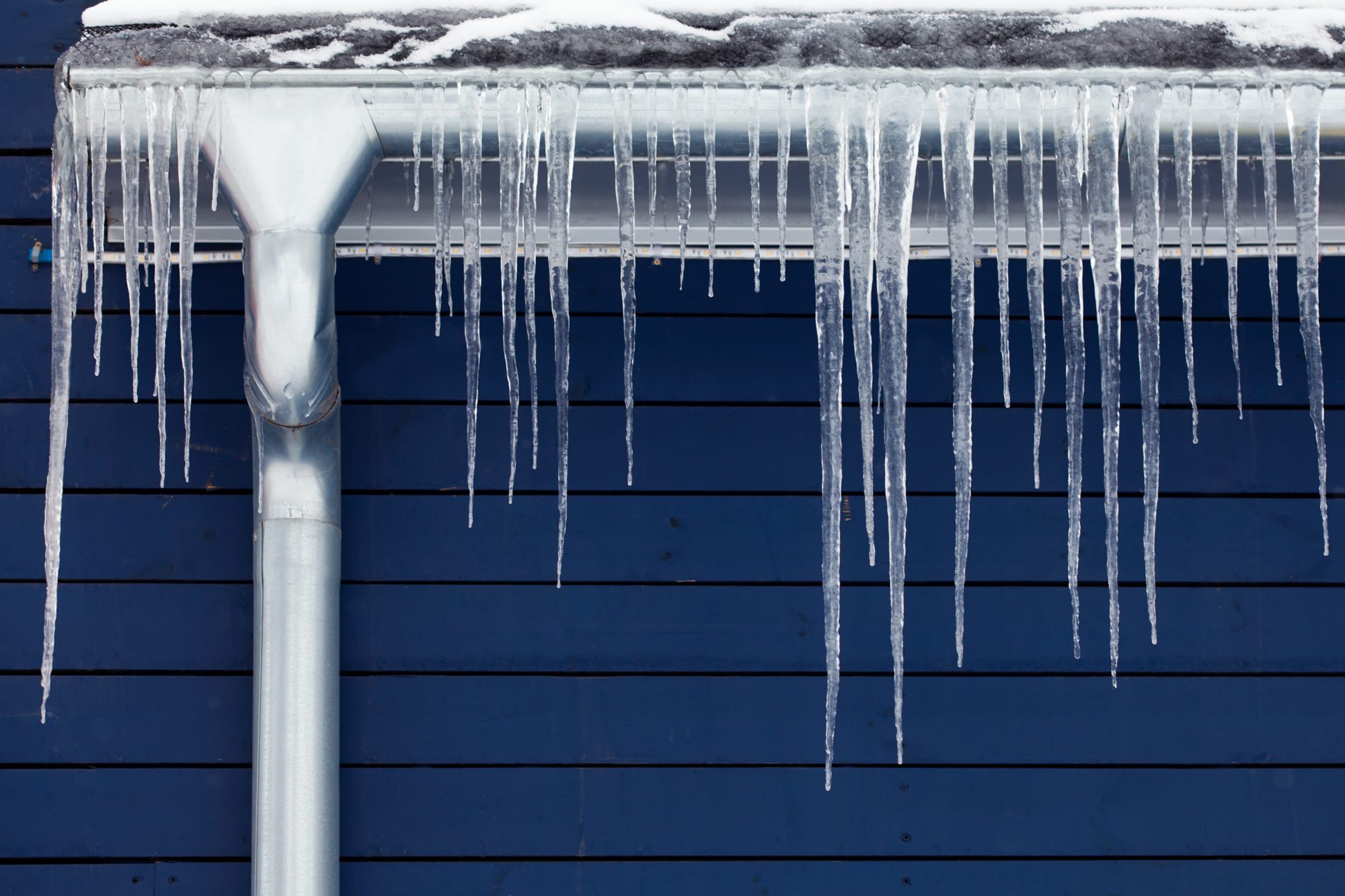Essential Tips for Preventing Frozen Plumbing in Cold Weather Seasons
Essential Tips for Preventing Frozen Plumbing in Cold Weather Seasons
Blog Article
They are making several good pointers relating to 6 Ways to Prevent Frozen Pipes as a whole in this article further down.

Winter can damage your plumbing, particularly by freezing pipes. Here's how to stop it from taking place and what to do if it does.
Introduction
As temperatures decline, the risk of icy pipelines rises, potentially resulting in costly repair services and water damage. Recognizing how to stop frozen pipelines is important for homeowners in cold environments.
Avoidance Tips
Protecting at risk pipes
Cover pipelines in insulation sleeves or use heat tape to shield them from freezing temperatures. Concentrate on pipes in unheated or external areas of the home.
Home heating techniques
Keep interior areas adequately heated up, specifically areas with pipes. Open cabinet doors to allow cozy air to flow around pipelines under sinks.
How to determine frozen pipelines
Look for decreased water circulation from faucets, unusual odors or sounds from pipelines, and visible frost on revealed pipes.
Long-Term Solutions
Structural changes
Take into consideration rerouting pipes away from exterior walls or unheated locations. Include added insulation to attics, basements, and crawl spaces.
Updating insulation
Invest in high-quality insulation for pipes, attic rooms, and walls. Proper insulation assists maintain constant temperature levels and minimizes the threat of frozen pipes.
Protecting Exterior Plumbing
Yard pipes and outdoor taps
Separate and drain pipes yard pipes before winter season. Install frost-proof spigots or cover outdoor taps with shielded caps.
Recognizing Icy Pipes
What causes pipelines to freeze?
Pipelines freeze when exposed to temperature levels below 32 ° F (0 ° C) for expanded durations. As water inside the pipes ices up, it increases, putting pressure on the pipe walls and potentially triggering them to burst.
Threats and damages
Frozen pipes can lead to supply of water disturbances, property damage, and costly repair work. Burst pipes can flood homes and cause considerable architectural damages.
Indicators of Frozen Pipes
Determining icy pipes early can prevent them from rupturing.
What to Do If Your Pipes Freeze
Immediate actions to take
If you believe icy pipelines, maintain faucets available to soothe stress as the ice thaws. Make use of a hairdryer or towels taken in warm water to thaw pipelines gradually.
Verdict
Protecting against icy pipelines needs positive steps and quick reactions. By understanding the causes, indicators, and safety nets, house owners can safeguard their plumbing throughout winter.
6 Proven Ways to Prevent Frozen Pipes and Protect Your Home
Disconnect and Drain Garden Hoses
Before winter arrives, start by disconnecting your garden hoses and draining any remaining water. Close the shut-off valves that supply outdoor hose bibs and leave the outdoor faucet open to allow any residual water to drain. For extra protection, consider using faucet covers throughout the colder months. It’s also important to drain water from any sprinkler supply lines following the manufacturer’s directions.
Insulate Exposed Pipes
Insulating your pipes is an effective way to prevent freezing. Pipe insulation is readily available at home improvement stores and is relatively inexpensive. Pay close attention to pipes in unheated areas such as the attic, basement, crawl spaces, or garage. Apply foam insulation generously to create a buffer against the cold. You can also wrap your pipes in heat tape or thermostat-controlled heat cables for added warmth.
Seal Air Leaks
Inspect your home for any cracks or openings that could let in cold air. Seal any holes around the piping in interior or exterior walls, as well as the sill plates where your home rests on its foundation. Additionally, make sure to keep your garage door closed unless you’re entering or exiting. Leaving it open creates a significant air leak that can lead to frozen pipes.
Allow Warm Air Circulation
During cold snaps, it’s essential to allow warm air to circulate evenly throughout your home. Leave interior doors ajar to promote better airflow. Open kitchen and bathroom cabinets to help distribute heat consistently around the rooms. If you have small children or pets, be sure to remove any household chemicals or potentially harmful cleaners from open cabinets for safety.
Let Faucets Drip
A small trickle of water can make a big difference in preventing ice formation inside your pipes. When temperatures drop significantly, start a drip of water from all faucets served by exposed pipes. This continuous flow helps prevent the water from freezing. Additionally, running a few faucets slightly can relieve pressure inside the pipes, reducing the chances of a rupture if the water inside does freeze.
https://choateshvac.com/6-proven-ways-to-prevent-frozen-pipes-and-protect-your-home/

We were shown that write-up about Prevent Frozen Pipes through a pal on another web property. Feel free to pause to promote this blog if you enjoyed reading it. Thanks a lot for your time. Kindly come visit our website back soon.
This Website Report this page